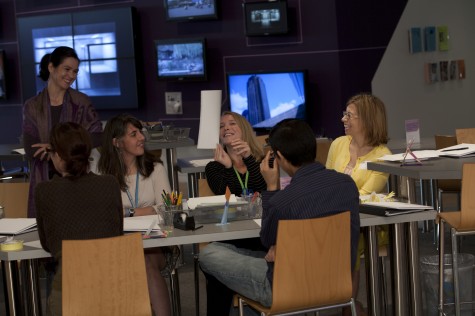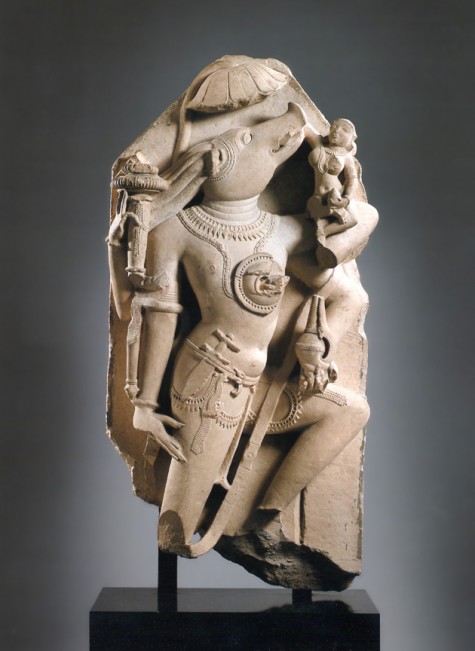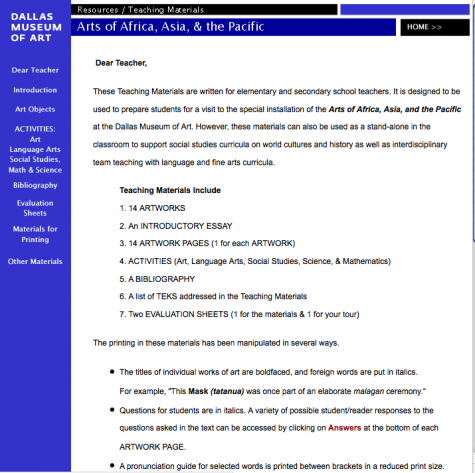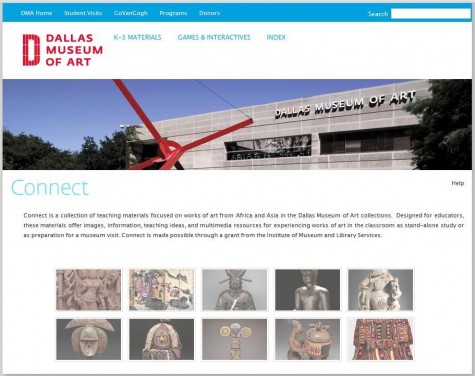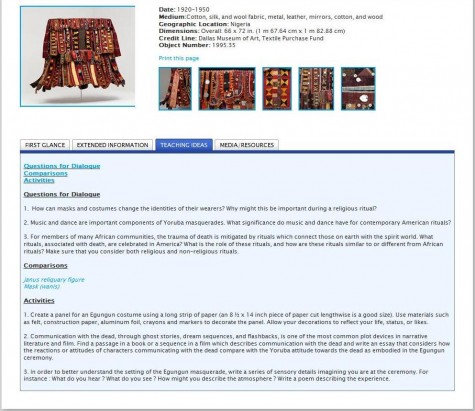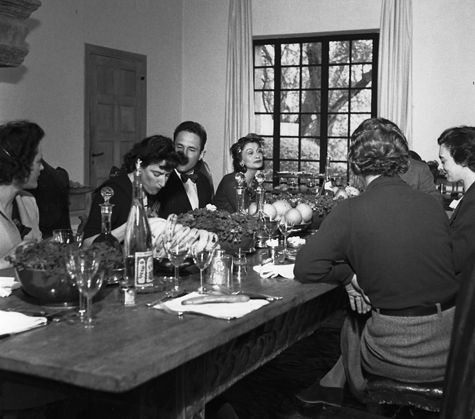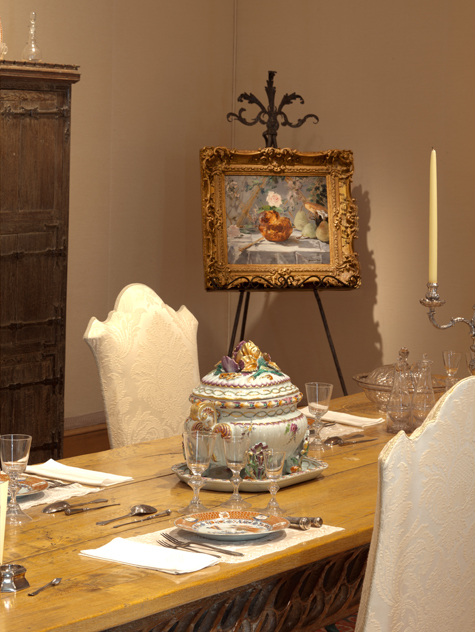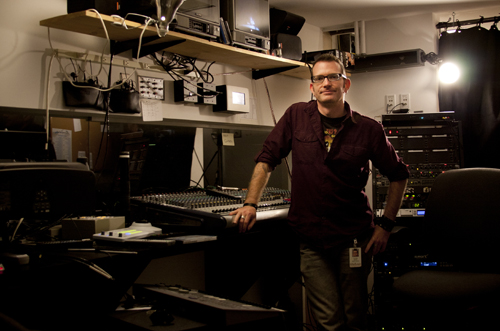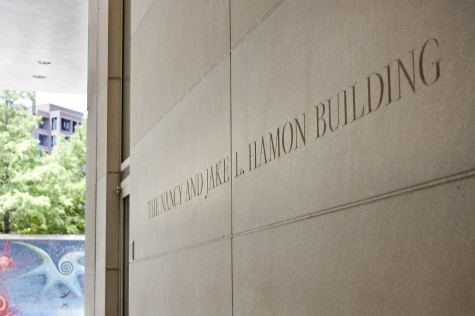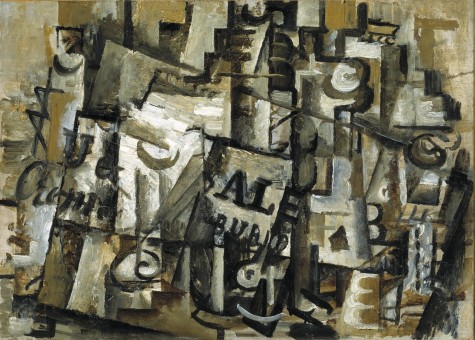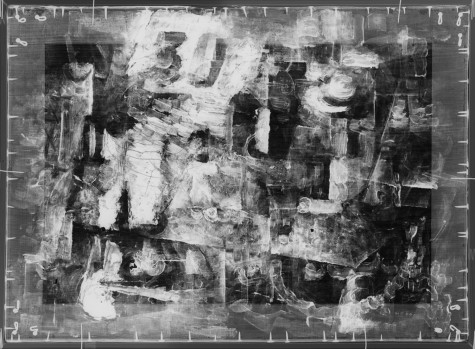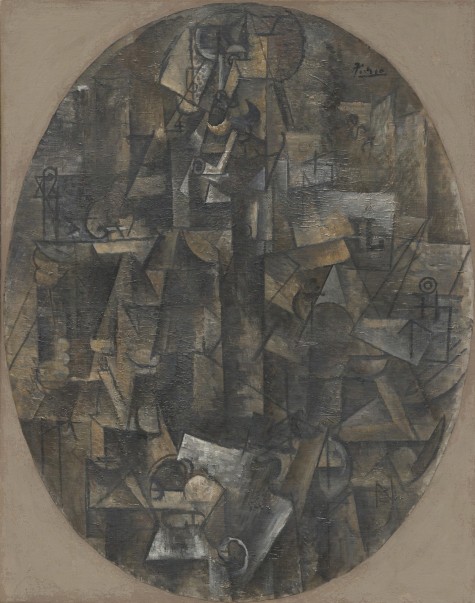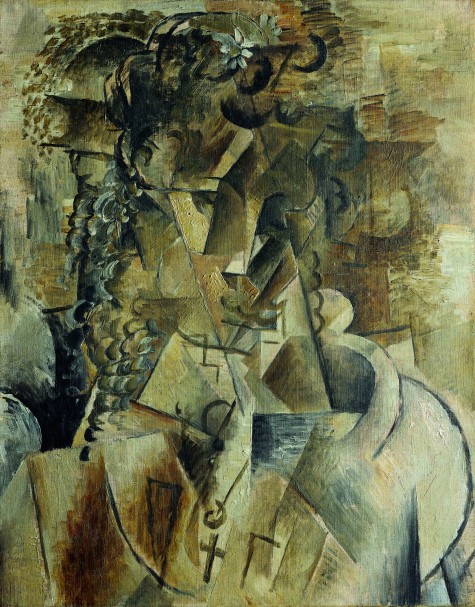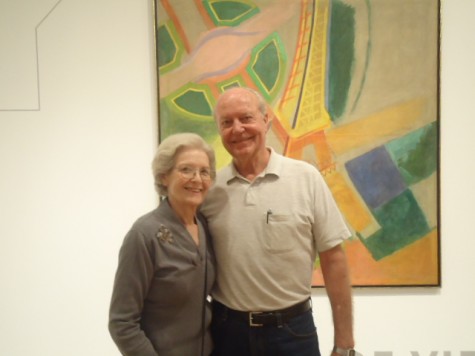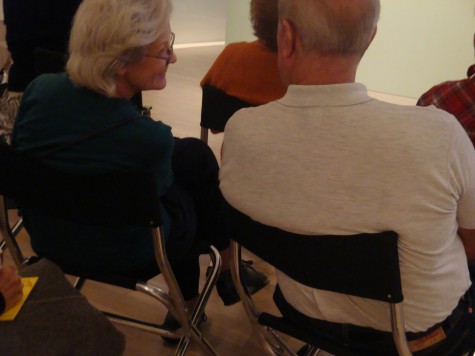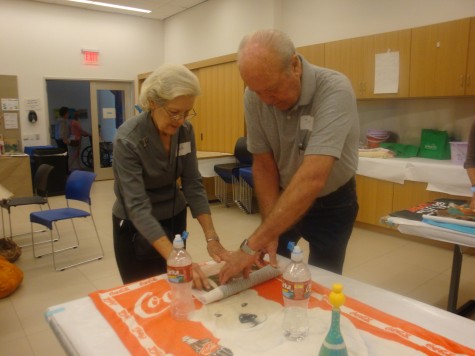Uncrated tracked down the DMA’s Chair of Collections and Exhibitions, Tamara Wootton-Bonner, to talk about her job at the Museum. Tamara has the large responsibility of overseeing the Museum’s exhibitions, publications, collections, libraries, archives, and digital imaging departments, and as you will read below, she knew early on that she wanted to work in a museum.
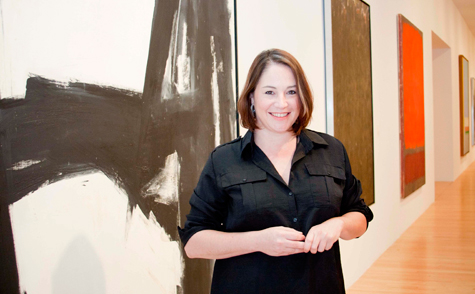
Describe your job in fifty words or less.
I’m the Chair of Collections and Exhibitions and I oversee the exhibitions, publications, collections management, libraries, archives, and digital imaging departments. My main job is to make sure that our exhibitions, publications, and other key projects happen successfully (and are on time and within budget) and to keep everyone happy.
What might an average day entail?
Meetings and e-mails! Besides that, I have to take on a variety of roles: in a single day I might have to be a cheerleader, mom, taskmaster, accountant, lawyer, writer, editor, project manager, critic, negotiator, facilitator, logistician, bad guy, and, if I’m lucky, I get to look at art. The greatest days are working with designers and artists . . . on exhibitions, publications, building projects, etc. But I also have fun managing budgets, negotiating contracts, solving problems, and planning for the future.
How would you describe the best part of your job and its biggest challenges?
The best part of my job is working with lots of wonderful, creative people. It’s exciting to see ideas come to life and to know that you’ve been a part of it—whether it’s an exhibition, a publication, or something else. I love to watch an exhibition come together or smell a new book hot off the press.
The biggest challenge can be trying to do too much with too little. We are an ambitious bunch around here and almost everyone is a perfectionist.
Growing up, what type of career did you envision yourself in? Did you think you’d work in an art museum?
As a child I wanted to be an artist. I used to draw and paint all the time. But by the time I graduated from high school I knew I wanted to work in a museum. I started as a security guard at the Metropolitan Museum of Art in New York and now . . . here I am.
What is your favorite work in the Museum’s collection?
I have several—Franz Kline’s Slate Cross, the Indonesian tau tau, and the Olmec jade mask are among my absolute favorites. But it changes every day. Tatsuo Miyajima’s Counter Ground and the James Lee Byars works in the Silence and Time exhibition, on view now, are amazing.
Is there a past exhibition that stands out in your mind as a favorite, or is there a particular upcoming show you’re looking forward to seeing?
That’s easy—The Fashion World of Jean Paul Gaultier! It’s going to be phenomenal. We’ve never done a fashion exhibition, so it’s going to be a challenge. But it’s going to be an exciting challenge.
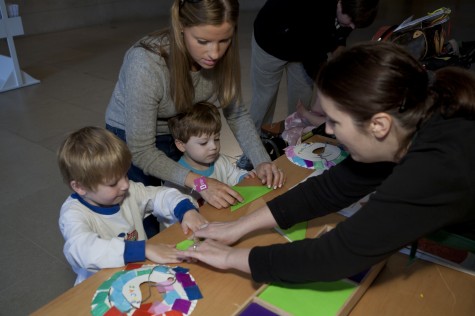 Wendi Kavanaugh is the Membership Outreach Manager at the Dallas Museum of Art.
Wendi Kavanaugh is the Membership Outreach Manager at the Dallas Museum of Art.
